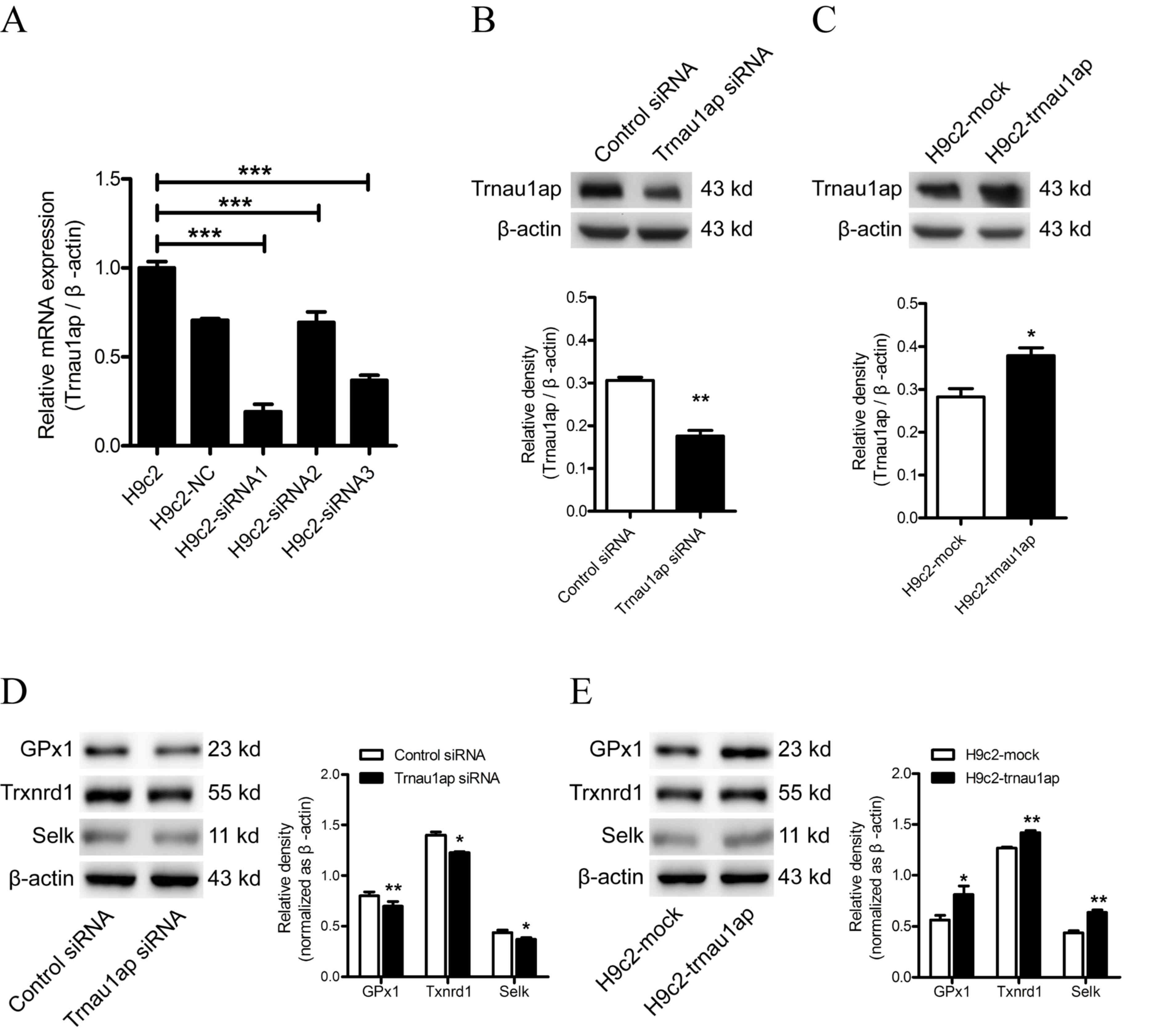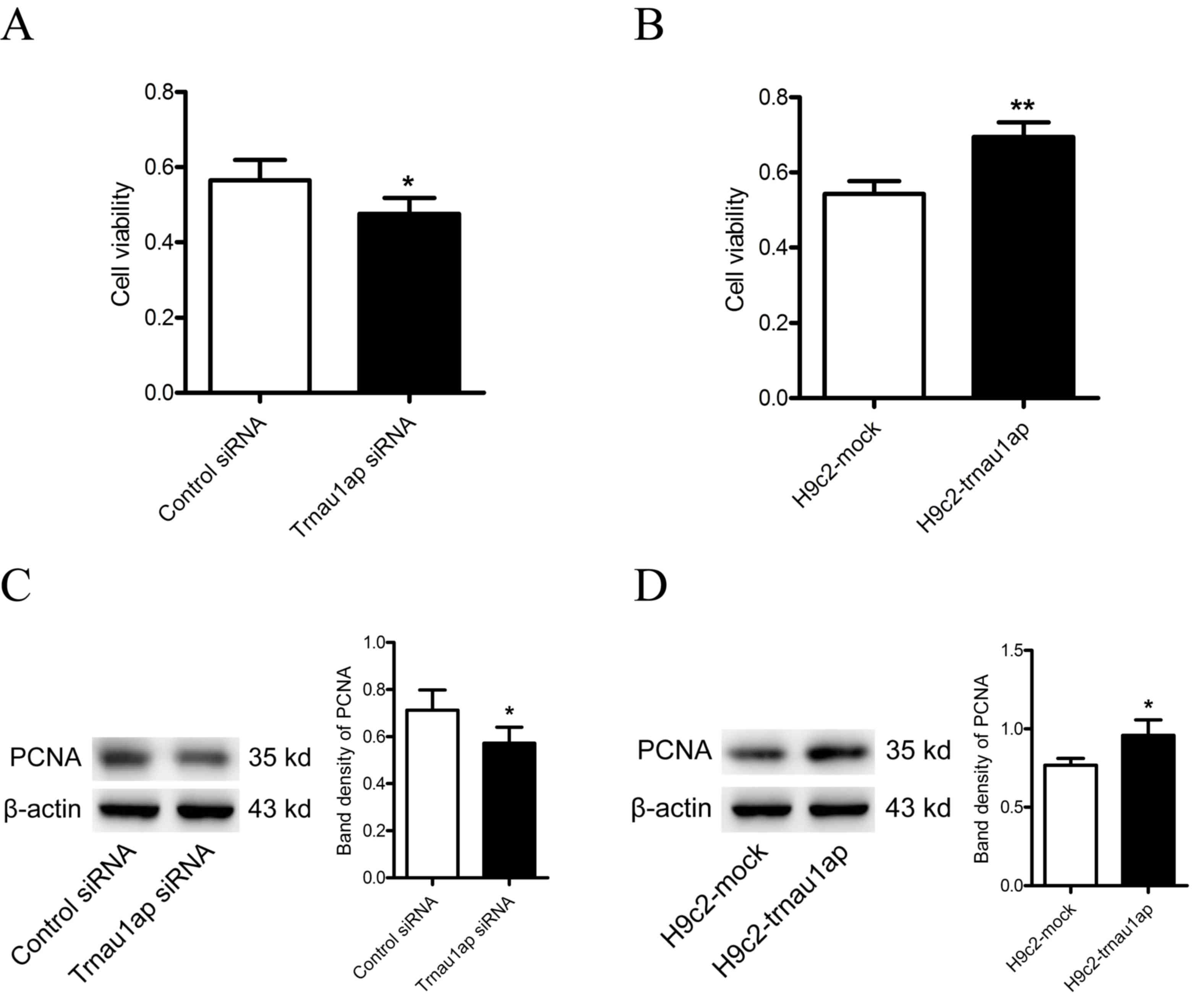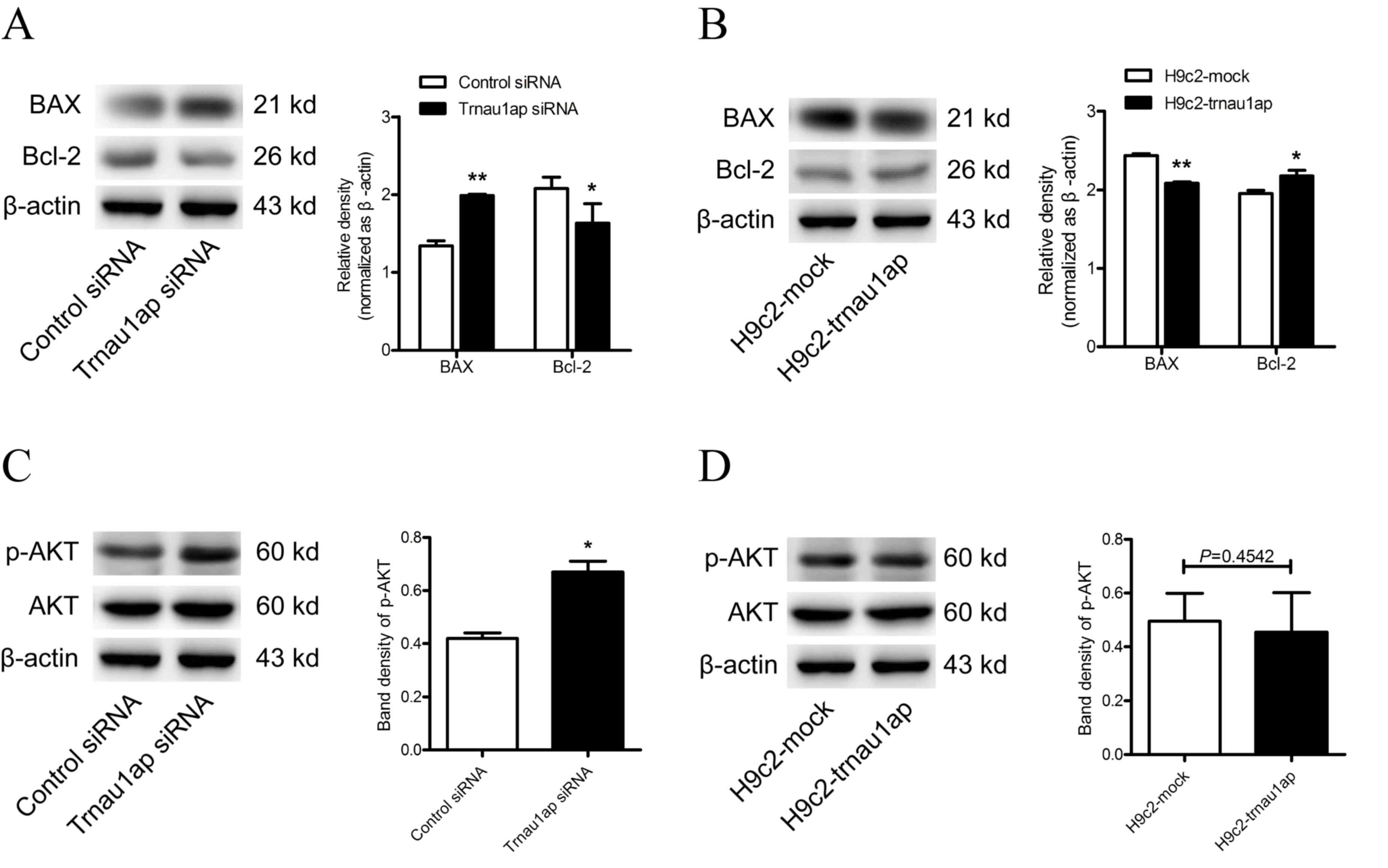|
1
|
Lu J and Holmgren A: Selenoproteins. J
Biol Chem. 284:723–727. 2009. View Article : Google Scholar : PubMed/NCBI
|
|
2
|
Combs GF Jr: Biomarkers of selenium
status. Nutrients. 7:2209–2236. 2015. View Article : Google Scholar : PubMed/NCBI
|
|
3
|
Rayman MP: Selenium and human health.
Lancet. 379:1256–1268. 2012. View Article : Google Scholar : PubMed/NCBI
|
|
4
|
Mehdi Y, Hornick JL, Istasse L and
Dufrasne I: Selenium in the environment, metabolism and involvement
in body functions. Molecules. 18:3292–3311. 2013. View Article : Google Scholar : PubMed/NCBI
|
|
5
|
Turanov AA, Xu XM, Carlson BA, Yoo MH,
Gladyshev VN and Hatfield DL: Biosynthesis of selenocysteine, the
21st amino acid in the genetic code, and a novel pathway for
cysteine biosynthesis. Adv Nutr. 2:122–128. 2011. View Article : Google Scholar : PubMed/NCBI
|
|
6
|
Metanis N and Hilvert D: Natural and
synthetic selenoproteins. Curr Opin Chem Biol. 22:27–34. 2014.
View Article : Google Scholar : PubMed/NCBI
|
|
7
|
Huang Z, Rose AH and Hoffmann PR: The role
of selenium in inflammation and immunity: From molecular mechanisms
to therapeutic opportunities. Antioxid Redox Signal. 16:705–743.
2012. View Article : Google Scholar : PubMed/NCBI
|
|
8
|
Reeves MA and Hoffmann PR: The human
selenoproteome: Recent insights into functions and regulation. Cell
Mol Life Sci. 66:2457–2478. 2009. View Article : Google Scholar : PubMed/NCBI
|
|
9
|
Diamond AM: The subcellular location of
selenoproteins and the impact on their function. Nutrients.
7:3938–3948. 2015. View Article : Google Scholar : PubMed/NCBI
|
|
10
|
Squires JE and Berry MJ: Eukaryotic
selenoprotein synthesis: Mechanistic insight incorporating new
factors and new functions for old factors. IUBMB Life. 60:232–235.
2008. View
Article : Google Scholar : PubMed/NCBI
|
|
11
|
Ding F and Grabowski PJ: Identification of
a protein component of a mammalian tRNA(Sec) complex implicated in
the decoding of UGA as selenocysteine. RNA. 5:1561–1569. 1999.
View Article : Google Scholar : PubMed/NCBI
|
|
12
|
Small-Howard A, Morozova N, Stoytcheva Z,
Forry EP, Mansell JB, Harney JW, Carlson BA, Xu XM, Hatfield DL and
Berry MJ: Supramolecular complexes mediate selenocysteine
incorporation in vivo. Mol Cell Biol. 26:2337–2346. 2006.
View Article : Google Scholar : PubMed/NCBI
|
|
13
|
Papp LV, Lu J, Holmgren A and Khanna KK:
From selenium to selenoproteins: Synthesis, identity, and their
role in human health. Antioxid Redox Signal. 9:775–806. 2007.
View Article : Google Scholar : PubMed/NCBI
|
|
14
|
Xu XM, Mix H, Carlson BA, Grabowski PJ,
Gladyshev VN, Berry MJ and Hatfield DL: Evidence for direct roles
of two additional factors, SECp43 and soluble liver antigen, in the
selenoprotein synthesis machinery. J Biol Chem. 280:41568–41575.
2005. View Article : Google Scholar : PubMed/NCBI
|
|
15
|
Oropeza-Moe M, Wisløff H and Bernhoft A:
Selenium deficiency associated porcine and human cardiomyopathies.
J Trace Elem Med Biol. 31:148–156. 2015. View Article : Google Scholar : PubMed/NCBI
|
|
16
|
Rose AH and Hoffmann PR: Selenoproteins
and cardiovascular stress. Thromb Haemost. 113:494–504. 2015.
View Article : Google Scholar : PubMed/NCBI
|
|
17
|
Cui J, Zhong R, Chu E, Zhang XF, Zhang WG,
Fang CF, Dong Q, Li FL and Li H: Correlation between oxidative
stress and L-type calcium channel expression in the ventricular
myocardia of selenium-deficient mice. J Int Med Res. 40:1677–1687.
2012. View Article : Google Scholar : PubMed/NCBI
|
|
18
|
Livak KJ and Schmittgen TD: Analysis of
relative gene expression data using real-time quantitative PCR and
the 2(−Delta Delta C(T)) Method. Method. 25:402–408. 2001.
View Article : Google Scholar
|
|
19
|
Mahdi Y, Xu XM, Carlson BA, Fradejas N,
Günter P, Braun D, Southon E, Tessarollo L, Hatfield DL and
Schweizer U: Expression of selenoproteins is maintained in mice
carrying mutations in SECp43, the tRNA selenocysteine 1 associated
protein (Trnau1ap). PLoS One. 10:e01273492015. View Article : Google Scholar : PubMed/NCBI
|
|
20
|
Wang SC: PCNA: A silent housekeeper or a
potential therapeutic target? Trends Pharmacol Sci. 35:178–186.
2014. View Article : Google Scholar : PubMed/NCBI
|
|
21
|
Moldovan GL, Pfander B and Jentsch S:
PCNA, the maestro of the replication fork. Cell. 129:665–679. 2007.
View Article : Google Scholar : PubMed/NCBI
|
|
22
|
Ip C, Thompson HJ and Ganther HE: Selenium
modulation of cell proliferation and cell cycle biomarkers in
normal and premalignant cells of the rat mammary gland. Cancer
Epidemiol Biomarkers Prev. 9:49–54. 2000.PubMed/NCBI
|
|
23
|
Chen JH, Tsou TC, Chiu IM and Chou CC:
Proliferation inhibition, DNA damage, and cell-cycle arrest of
human astrocytoma cells after acrylamide exposure. Chem Res
Toxicol. 23:1449–1458. 2010. View Article : Google Scholar : PubMed/NCBI
|
|
24
|
Zeng H: Selenium as an essential
micronutrient: Roles in cell cycle and apoptosis. Molecules.
14:1263–1278. 2009. View Article : Google Scholar : PubMed/NCBI
|
|
25
|
Buettner GR: Superoxide dismutase in redox
biology: The roles of superoxide and hydrogen peroxide. Anticancer
Agents Med Chem. 11:341–346. 2011. View Article : Google Scholar : PubMed/NCBI
|
|
26
|
Orrenius S, Gogvadze V and Zhivotovsky B:
Calcium and mitochondria in the regulation of cell death. Biochem
Biophys Res Commun. 460:72–81. 2015. View Article : Google Scholar : PubMed/NCBI
|
|
27
|
Hotchkiss RS, Strasser A, McDunn JE and
Swanson PE: Cell death in disease: Mechanisms and emerging
therapeutic concepts. N Engl J Med. 361:1570–1583. 2009. View Article : Google Scholar : PubMed/NCBI
|
|
28
|
Brenner D and Mak TW: Mitochondrial cell
death effectors. Curr Opin Cell Biol. 21:871–877. 2009. View Article : Google Scholar : PubMed/NCBI
|
|
29
|
Zhang X, Chen Y, Gao B, Luo D, Wen Y and
Ma X: Apoptotic effect of koumine on human breast cancer cells and
the mechanism involved. Cell Biochem Biophys. 72:411–416. 2015.
View Article : Google Scholar : PubMed/NCBI
|
|
30
|
Zhang WG, Chen L, Dong Q, He J, Zhao HD,
Li FL and Li H: Mmu-miR-702 functions as an anti-apoptotic mirtron
by mediating ATF6 inhibition in mice. Gene. 531:235–242. 2013.
View Article : Google Scholar : PubMed/NCBI
|
|
31
|
Zhang W, Yu J, Dong Q, Zhao H, Li F and Li
H: A mutually beneficial relationship between hepatocytes and
cardiomyocytes mitigates doxorubicin-induced toxicity. Toxicol
Lett. 227:157–163. 2014. View Article : Google Scholar : PubMed/NCBI
|
|
32
|
Sarada SK, Himadri P, Ruma D, Sharma SK
and Pauline T: Mrinalini: Selenium protects the hypoxia induced
apoptosis in neuroblastoma cells through upregulation of Bcl-2.
Brain Res. 1209:29–39. 2008. View Article : Google Scholar : PubMed/NCBI
|
|
33
|
Rafferty TS, Beckett GJ, Walker C, Bisset
YC and McKenzie RC: Selenium protects primary human keratinocytes
from apoptosis induced by exposure to ultraviolet radiation. Clin
Exp Dermatol. 28:294–300. 2003. View Article : Google Scholar : PubMed/NCBI
|
|
34
|
Burgering BM and Coffer PJ: Protein kinase
B (c-Akt) in phosphatidylinositol-3-OH kinase signal transduction.
Nature. 376:599–602. 1995. View
Article : Google Scholar : PubMed/NCBI
|
|
35
|
Franke TF, Yang SI, Chan TO, Datta K,
Kazlauskas A, Morrison DK, Kaplan DR and Tsichlis PN: The protein
kinase encoded by the Akt proto-oncogene is a target of the
PDGF-activated phosphatidylinositol 3-kinase. Cell. 81:727–736.
1995. View Article : Google Scholar : PubMed/NCBI
|
|
36
|
Martindale JL and Holbrook NJ: Cellular
response to oxidative stress: Signaling for suicide and survival. J
Cell Physiol. 192:1–15. 2002. View Article : Google Scholar : PubMed/NCBI
|
|
37
|
Huang JQ, Ren FZ, Jiang YY, Xiao C and Lei
XG: Selenoproteins protect against avian nutritional muscular
dystrophy by metabolizing peroxides and regulating redox/apoptotic
signaling. Free Radic Biol Med. 83:129–138. 2015. View Article : Google Scholar : PubMed/NCBI
|













